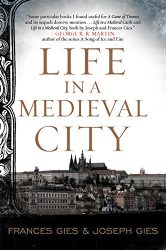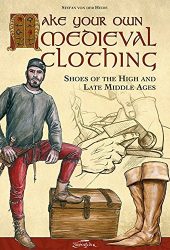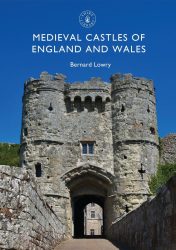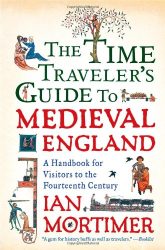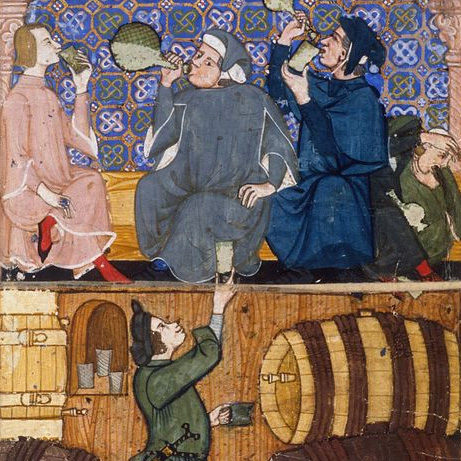
Innkeeping was one of the most lucrative occupations of the Middle ages, but it also carried a lot of responsibility.
Inns suffered from heavy taxes and levies by the local lords of the area, and they had to maintain bedrooms, dining rooms, and often a tavern or alehouse. This also meant cleaning, maintaining, and providing quality goods and services for visitors, ordering supplies, calculating bookings, and even providing security – as the atmosphere inside inns and alehouses could at times become rather violent.
The innkeeper had to, whether he liked it or not, receive and entertain strangers daily.
History of Inns and Innkeepers
Inn-keeping was formalized around the 14th and 15th centuries, when traveling was much more common than we normally imagine. The roads were bad, sometimes even impassable for loaded wagons (and not to mention, frequently visited by outlaws and robbers). Traveling on foot or with lightly loaded horses was, therefore, preferred.
Between the villages, there were long stretches of forest. Travelers usually moved in groups and during the day. Because they wouldn’t be able to sleep safely outside at night, this led to the need to establish alehouses and inns.
A regular provision of inns existed following the size and importance of the towns and played a vital role in the evolving and prospering economic, social, and political life of the different regions. The inn of a town was usually found in a central location such as the town square or in places where trade roads met and usually became landmarks of their settlement.
While medieval inns tended to focus on accommodation and food, taverns were commonly owned by licensed brewers and vintners and focused more on drinking.
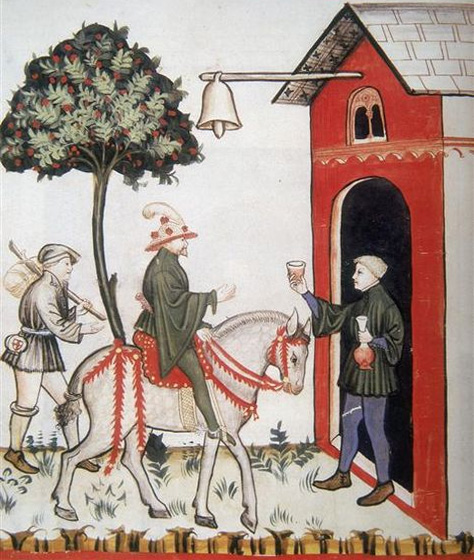
Life in an Inn
There was usually a minimal entry fee to pass through the door of an alehouse or inn, or at least a courtesy to help pay for any damages that may arise while visiting (modern-day “bouncers” derive from the practice of inn guards testing the authenticity of coins by bounding them off of a wet piece of wood!).
Inns were places where people met to socialize and talk, making them cultural and political hotbeds. It wasn’t uncommon for political uprisings and mobs to begin within an inn.
The food served at inns was simple: pottage (stew), bread and cheese, and drinks from local vintners and breweries and sometimes exotic wines and beer from all over Europe and the world.
The basic layout of an inn consisted of a hall, kitchen, stables, a storage area or cellar (sometimes filled also with strong boxes), the chamber (for most medieval inns, this consisted of several straw beds in the back common room), accommodation for the innkeeper and his family, and sometimes private rooms that could be rented to local guilds or for events.
Books about Medieval Life
More Medieval Occupations

Medieval Minstrel
Medieval minstrels sang, played musical instruments, and told engaging stories. Here’s what life was like for a minstrel in the Middle Ages.
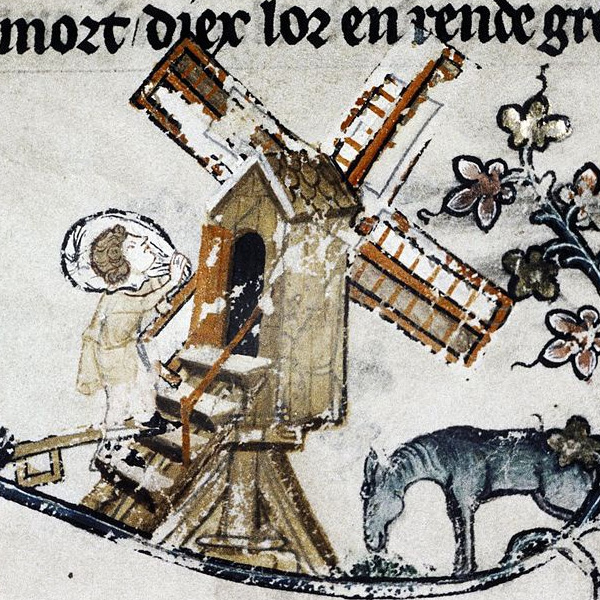
Medieval Miller
Millers were some of the most important tradesmen in the Middle Ages. Learn more about this medieval profession and how millers lived.
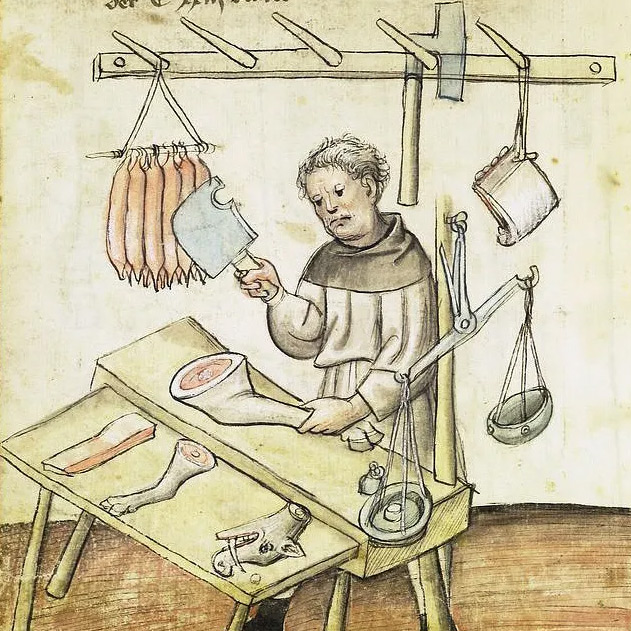
Medieval Butcher
Middle Ages butchers prepared meat, fish, and fowl for the people in a castle or a city. They sometimes had stalls in a marketplace.
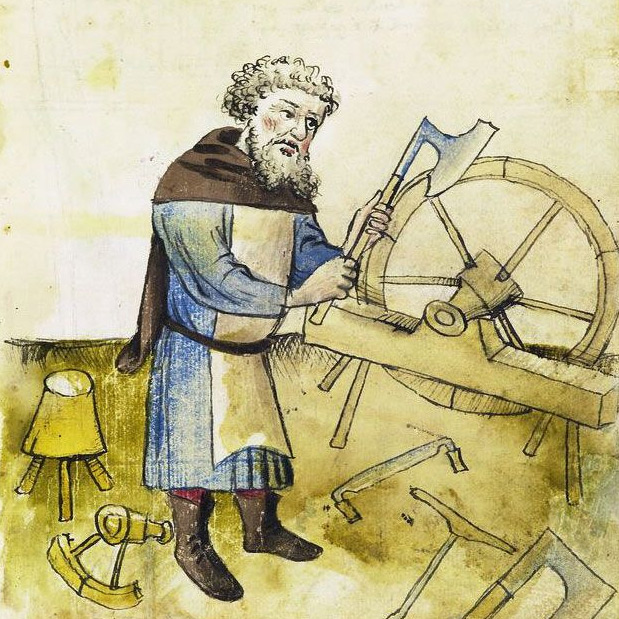
Medieval Wheelwright
Medieval candlemakers made candles from materials such as fat, tallow and beeswax.

Medieval Shoemaker
Medieval candlemakers made candles from materials such as fat, tallow and beeswax.
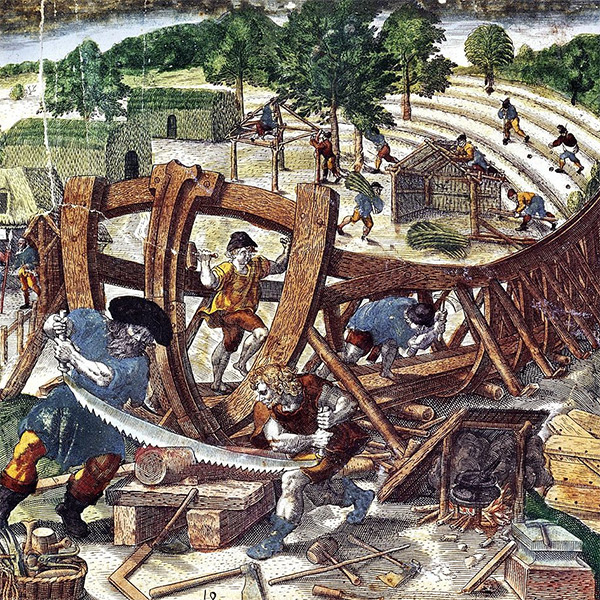
Medieval Shipwrights and Shipmaking
Being a sailor in the middle ages meant living a lonely and difficult life, as they would often set sail for months or even a year at a time.


